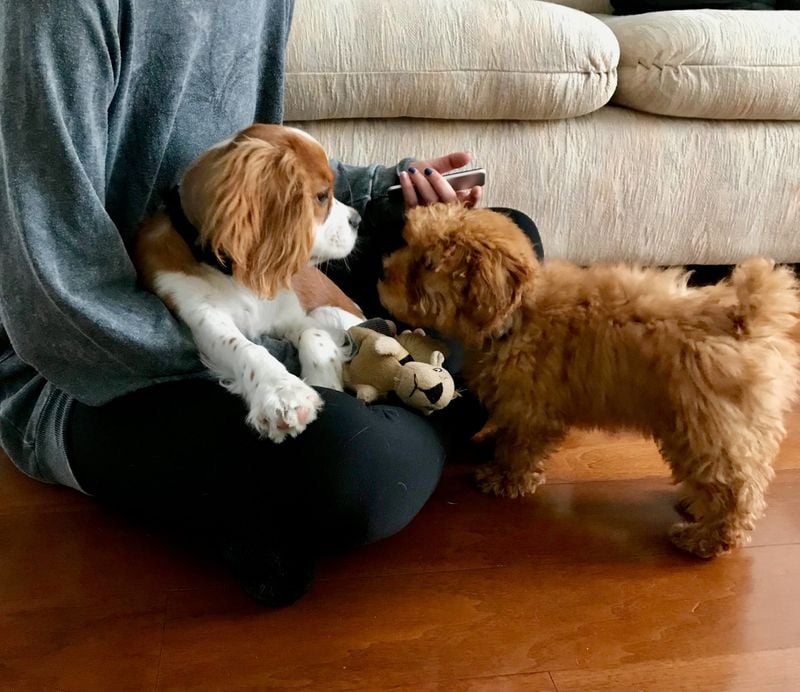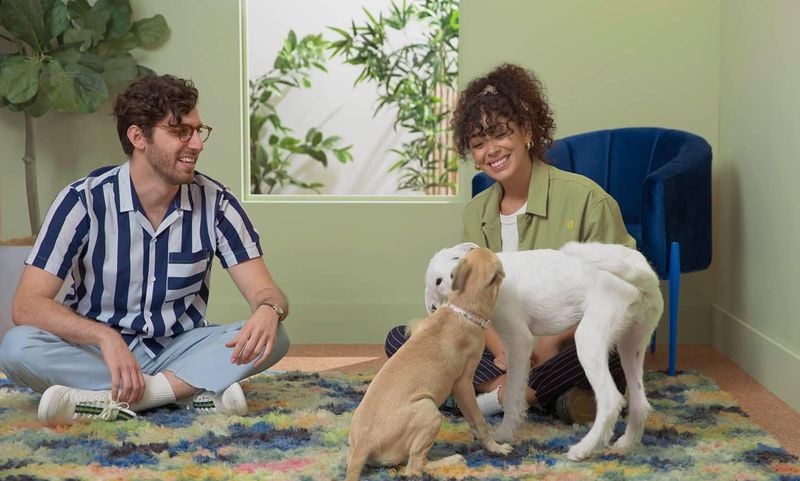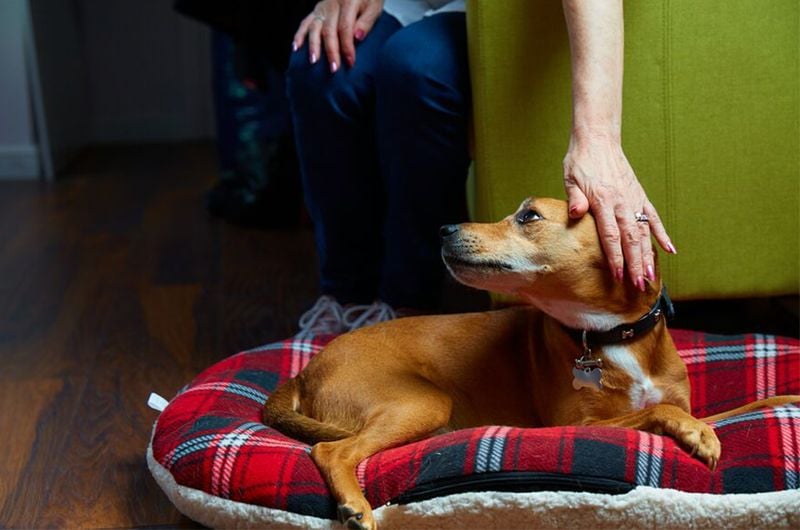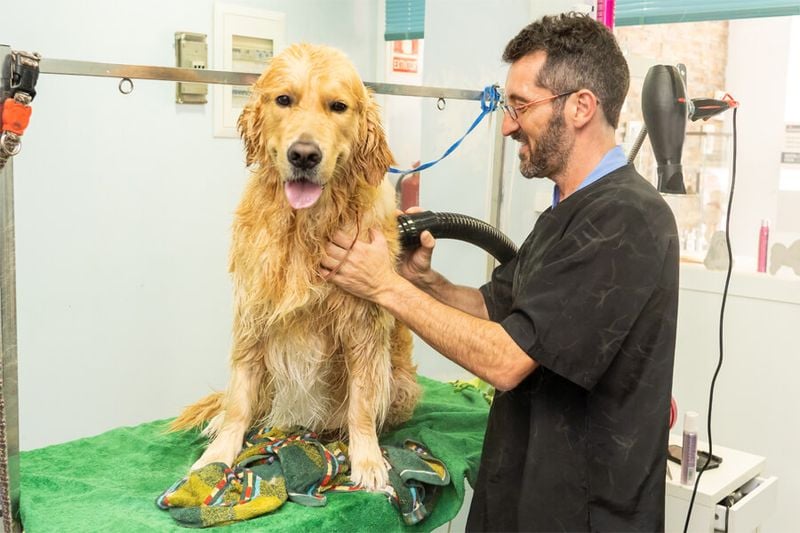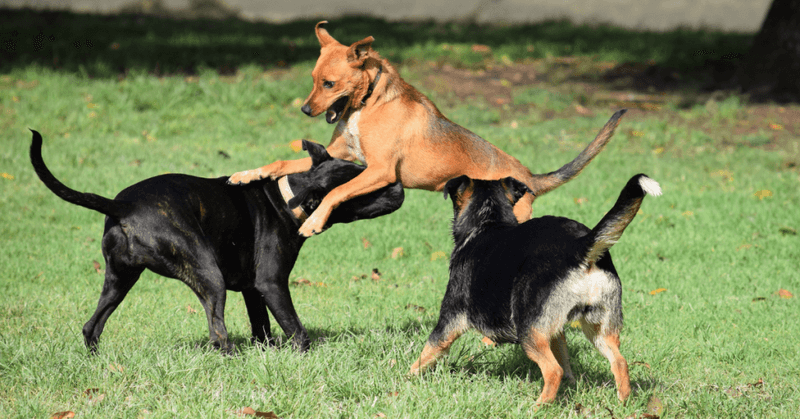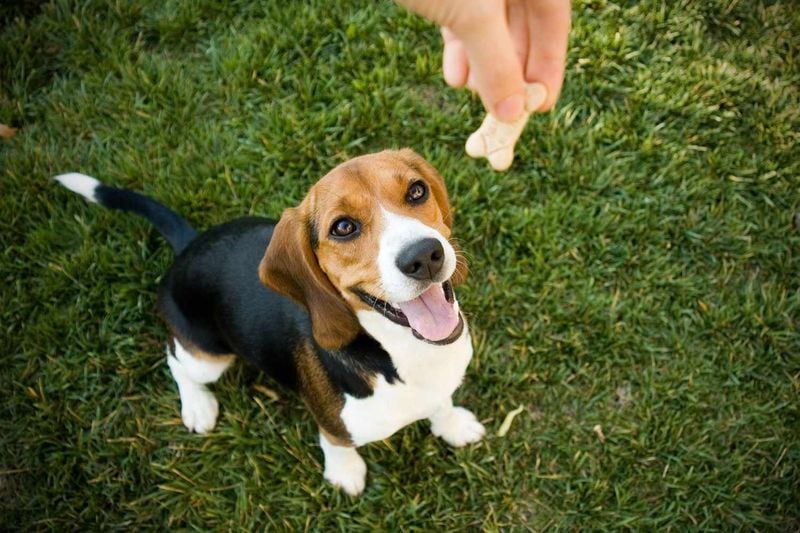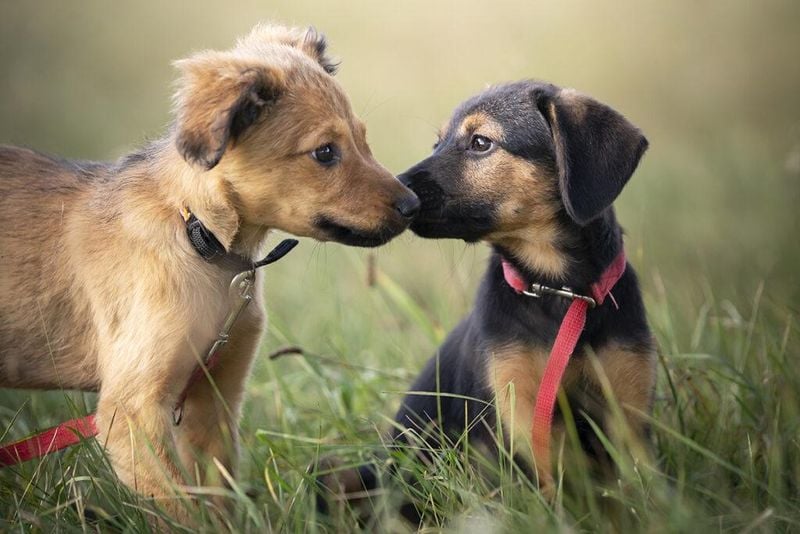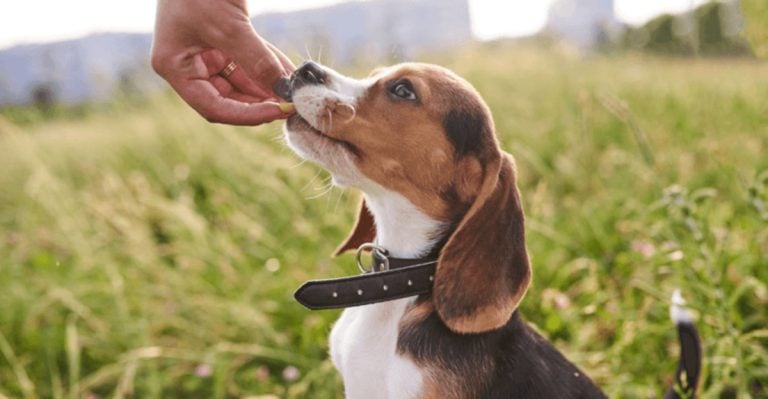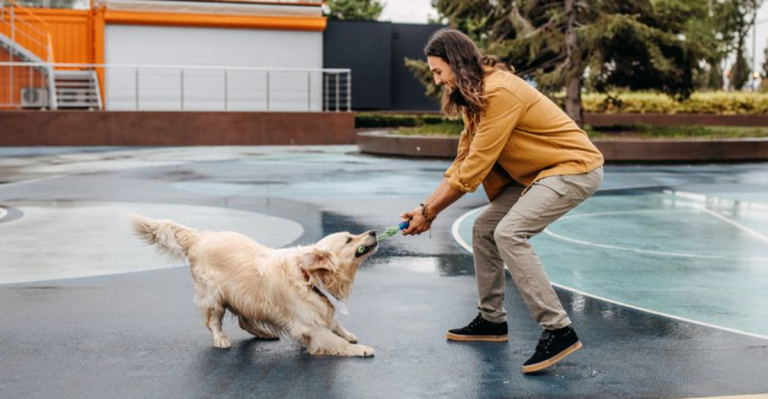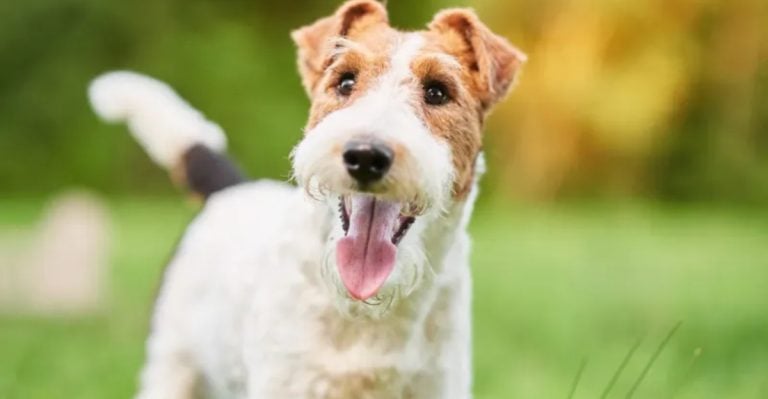8 Socialization Tips Every Dog Owner Wishes They Knew Sooner
Bringing home a new puppy or dog is exciting, but proper socialization is key to raising a confident, well-adjusted pet. Many behavior problems stem from poor socialization during a dog’s formative weeks and months.
Helping your dog become comfortable with different people, animals, environments, and experiences creates the foundation for a happy, balanced companion who can handle whatever life throws their way.
1. Start Early—But Safely
The critical socialization window for puppies closes around 16 weeks of age. During this time, puppies are like sponges, absorbing experiences that shape their future reactions. Wait until your puppy has appropriate vaccinations before venturing to high-traffic dog areas.
Begin with controlled environments like friends’ homes or puppy socialization classes run by professional trainers. These settings minimize health risks while maximizing positive experiences. Focus on quality interactions rather than quantity.
For older rescue dogs, socialization is still possible but requires more patience and careful management. Take things slowly and watch for stress signals like yawning, lip licking, or avoiding eye contact.
2. Expose to Different People
Dogs need to meet all kinds of humans to prevent fear or aggression later. Arrange gentle interactions with people of varying ages, heights, appearances, and mobility levels. Men with beards, people wearing hats, children, and individuals using mobility devices should all be part of your dog’s social education.
Carry treats during these encounters so strangers can offer rewards. This creates positive associations with new people. Never force interactions if your dog seems frightened.
Remember that brief, positive exposures work better than lengthy, overwhelming ones. Five pleasant minutes with someone new builds more confidence than thirty minutes of stress.
3. Introduce a Variety of Dogs and Animals
Your pup needs to meet dogs of all shapes, sizes, and temperaments. Controlled playdates with known, vaccinated, friendly dogs provide safe learning opportunities about canine communication. Watch for mutual enjoyment and intervene if play becomes one-sided.
Don’t forget about other animals your dog might encounter in daily life. Cats, livestock, and wildlife all present different challenges. Teaching appropriate behavior around these animals prevents chasing instincts from becoming dangerous habits.
Supervised doggy daycare sessions once or twice weekly can supplement your socialization efforts, providing varied play experiences under professional oversight.
4. Get Comfortable With Noises and Objects
Vacuum cleaners, thunderstorms, fireworks, and traffic sounds can terrify undersocialized dogs. Create positive associations by pairing these noises at low volumes with treats and play. Gradually increase volume as your dog shows comfort.
Everyday objects like umbrellas, bicycles, skateboards, and balloons might seem harmless to us but can trigger fear in dogs. Introduce these items slowly, allowing your dog to investigate at their own pace while you provide encouragement and rewards.
Sound desensitization recordings designed specifically for dogs can help with this process. Many are available online or through veterinary behaviorists.
5. Practice Handling and Grooming
Many dogs panic during veterinary exams or grooming sessions because they weren’t prepared for handling. Touch your dog’s paws, ears, mouth, and tail daily, pairing gentle handling with treats. This makes future nail trims and ear cleanings much easier.
Introduce grooming tools gradually before they’re needed. Let your dog sniff brushes and clippers while receiving treats, then progress to brief touches and eventually full grooming sessions.
Mock veterinary exams at home help tremendously. Practice lifting lips to check teeth, touching between toes, and gentle restraint. These exercises build tolerance for necessary handling throughout your dog’s life.
6. Explore Different Environments
Environmental socialization is often overlooked but crucial for developing a confident dog. Visit various surfaces like grass, gravel, wood floors, metal grates, and playground equipment. Some dogs freeze when encountering new textures underfoot.
Urban environments present unique challenges with crowds, traffic, and confined spaces. Rural settings introduce different stimuli like farm animals, open spaces, and natural water sources. Exposing your dog to both settings creates adaptability.
Walking routes should constantly vary. Different neighborhoods, parks, trails, and shopping areas provide diverse sensory experiences. A well-socialized dog can remain calm whether in a busy downtown area or a quiet forest trail.
7. Teach Positive Reinforcement During Encounters
Social encounters should become opportunities for reinforcing good behavior. Bring high-value treats on outings and reward calm, appropriate responses to new situations. This creates a positive feedback loop where your dog learns that novelty predicts good things.
The “Look at That” game is particularly effective. When your dog notices something new, mark the moment they look with a “yes” or clicker, then reward. This teaches them to observe rather than react impulsively.
Practice sits and simple commands in progressively more distracting environments. This builds focus and self-control that transfers to real-world scenarios where your dog needs to make good choices.
8. Keep Socializing Throughout Life
Socialization isn’t just for puppies—it’s a lifelong process. Even well-socialized adult dogs can develop fears if they go long periods without exposure to certain stimuli. Maintain regular social opportunities throughout your dog’s life.
Senior dogs especially benefit from continued gentle socialization. It keeps their minds sharp and prevents cognitive decline. Adjust activities to accommodate physical limitations while still providing mental stimulation.
Dogs who experience traumatic events may need rehabilitation through careful re-socialization. Working with a certified dog behavior consultant can help address fear or reactivity that develops later in life.

